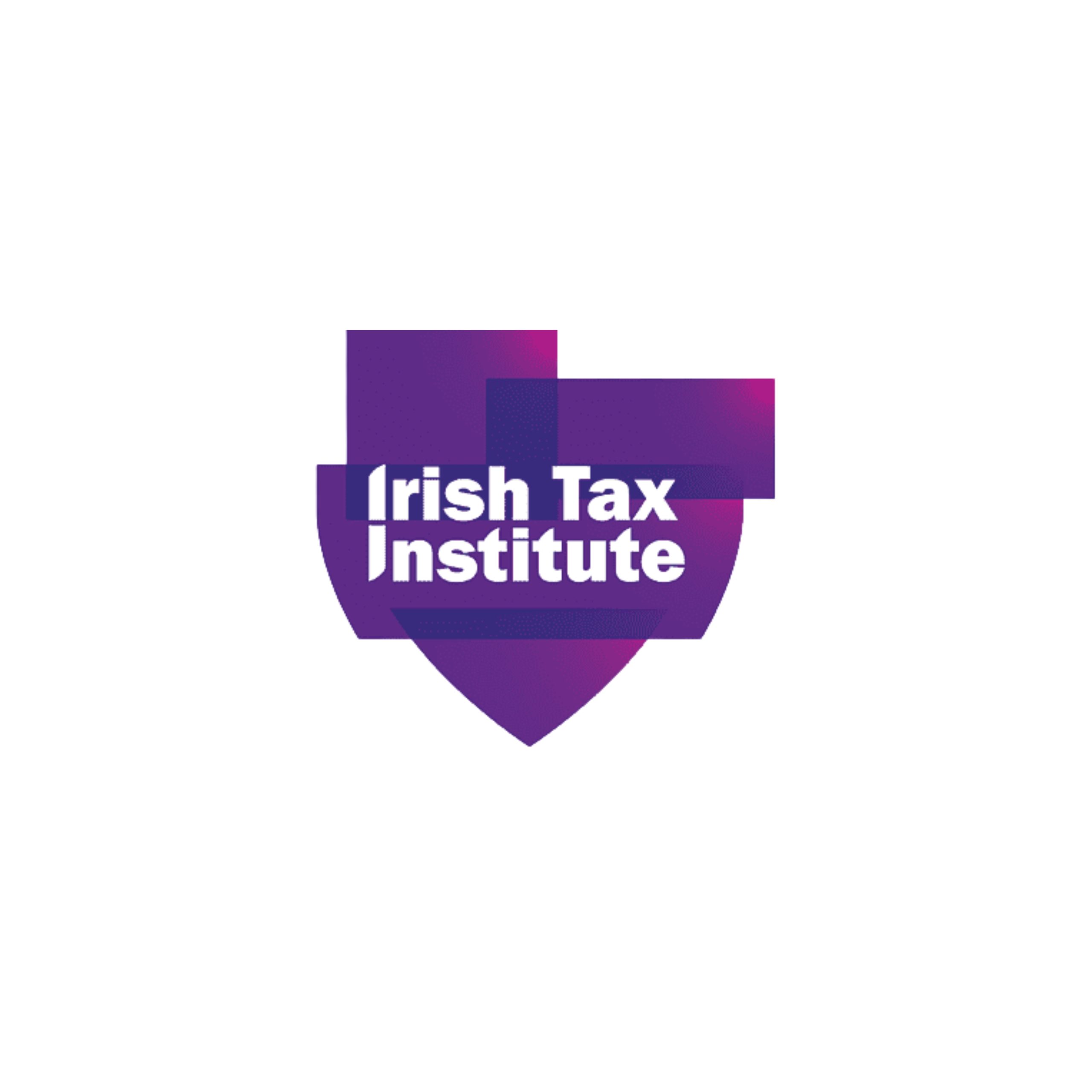From Deadlines to Done in Seconds
How the Irish Tax Institute Freed Its Finance Team from Manual Reporting

The Irish Tax Institute plays a central role in Ireland’s professional landscape. As the country’s leading representative body for tax professionals, the organisation manages complex financial responsibilities of its own, alongside the cyclical pressures of audits, member reporting deadlines, and the demands of budget season.
But behind the scenes, their finance function was operating with tools that simply could not keep pace.
The Situation
For years, the Institute had relied on Microsoft Dynamics GP and Management Reporter as its core system, supported by Excel spreadsheets for reporting and planning. In practice, this meant huge, multi-tabbed spreadsheets being built and distributed every month to each department head. Reports were passed around by email, often with slight variations depending on who had updated the file last.
The finance team was skilled and committed, but the tools left them exposed. Processes were slow, manual, and prone to error. When deadlines came around, valuable time was spent reconciling spreadsheets instead of analysing results.
The shift to Microsoft Business Central offered an opportunity to modernise, but the team needed more than a new ERP system. They needed reporting that was fast, accurate, and flexible.
What Was At Stake
In an organisation where reporting deadlines are non-negotiable, the risks of delay or error were significant. Manual consolidation meant leadership sometimes worked from outdated information, making it harder to respond with confidence. Team members were frustrated by the lack of visibility and the heavy lift required just to prepare the basics, and department heads relied on reports that were cumbersome to prepare and often inconsistent.
Without a change, the Institute would continue to spend its busiest periods buried in reconciliation work, increasing the risk of mistakes and reducing the time available for strategic analysis.

The Turning Point
When the decision was made to implement Business Central, Solver was chosen to sit alongside it as the reporting and planning solution. What stood out in the demo was not just Solver’s technical capabilities but its usability. The platform allowed the finance team to work in an Excel-like environment while eliminating the version chaos that had plagued their previous processes.
Solver promised speed without requiring the team to spend weeks learning a brand-new system. Just as importantly, it offered the flexibility to adapt as requirements evolved.
What We Did
The rollout was delivered in phases to keep disruption to a minimum.
Phase 1: Automating Departmental Reporting
The priority was to remove the burden of manual departmental reporting. Solver was connected to Business Central and the core reports were built: balance sheet, profit and loss, trial balance, and departmental packs.
Where once the finance team built and emailed multi-tab spreadsheets, Solver now produced the same information automatically, directly from the system. Reports that had taken hours of preparation were available in seconds. Department heads received consistent, up-to-date information every time, without the confusion of multiple versions. For the finance team, it meant reclaiming hours each month that could be used for analysis instead of reconciliation.
Phase 2: Budgeting and Forecasting
The second phase focused on budgeting and forecasting, which had been a longstanding pain point. The Institute’s previous tools were limited and frustrating to use. With Solver, the team redesigned their process, creating models that were easier to update and more reliable and built for collaboration.
From Solver’s side, most of the heavy lifting was done by the implementation team. The Institute’s finance staff contributed by reviewing reports and providing feedback, rather than spending hours building the system themselves. This meant day-to-day responsibilities could continue without disruption.
Collaboration was a key part of the process. Solver’s consultants worked closely with the Head of Finance, an internal accountant, and the IT department, maintaining constant communication through Teams. Questions were answered quickly, which kept the project moving and avoided unnecessary delays.
There were a few changes to the scope as the team refined what they wanted from their reports, but Solver’s flexibility meant these adjustments were made quickly without pushing out timelines.
The Result
The Institute’s finance team now produces reports at the click of a button. Departmental packs that once required days of spreadsheet work are generated instantly, with the confidence that every version is consistent and accurate. Month-end closes are faster, errors are reduced, and leadership has real-time access to financial insights.
The budgeting and forecasting process, once a source of frustration, has become more streamlined and collaborative. Departments can see updates in real time, and the finance team works together with greater transparency.
Perhaps most importantly, the team no longer dreads the intense cycles of budget season and reporting deadlines. With Solver in place, they can spend more time on analysis and value-added work and less time wrestling with spreadsheets.
What They Can Do Now
- Generate reports instantly, without manual consolidation
- Update budgets and forecasts with minimal effort
- Provide leadership with real-time visibility of financial performance
- Run multiple budget and forecast scenarios, side by side
- Free up staff time to focus on analysis and decision support

Why It Worked
The success of this project came down to three factors:
- Phased approach: By starting with core reports and adding budgeting later, the Institute could see value quickly without overloading the team.
- Excel familiarity with added control: Solver felt comfortable for staff to use, while eliminating the risks of manual spreadsheets.
- Flexibility: As reporting needs evolved, Solver adapted easily, allowing the team to refine their outputs without slowing the rollout.
This project succeeded because it treated technology as a means, not the goal. The focus was always on how the finance team worked (their habits, pressures, and priorities) and then designing a system that made that work smoother. The result is a lasting improvement to how the organisation operates, not just a new tool on the screen.